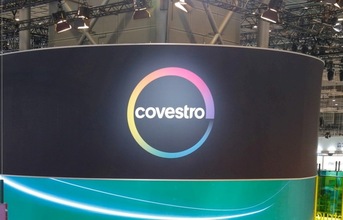
Pic for representation only. The new capacity is primarily needed to satisfy rising demand from the coatings and adhesives industry
Leading in capacity and service
"With these investments, we are preparing for the continued growing demand for polyurethane dispersions as well as expanding our globally leading position," says Michael Friede, global head of the Coatings, Adhesives, Specialties segment at Covestro. "At the same time, thanks to our diversified production, we have the flexibility to meet many different requirements."
This diversity is also the key to the comprehensive line of polyurethane dispersions (PUDs) that Covestro offers. "Our custom-tailored products allow for many applications in very different industries," Michael Friede explains. "In this way, we create opportunities for growth and strengthen our customers' competitiveness."
As the leading global supplier of PUDs, Covestro also holds a top position in research and development and in process technologies. The company provides technical service and support to customers worldwide.
Many different applications
Polyurethane dispersions can be used in a wide variety of applications. For example, products in the Bayhydrol® UH, U and UV series and Bayhytherm® are a component of base coats for automotive OEM and refinishing coatings, as well as a component of wood and furniture coatings and long-wearing floor coatings. Adhesives formulated with Dispercoll® U are used in the production of furniture and shoes as well as in the automotive industry.
Under the name Impranil®, the low-solvent raw materials also play an important role in the production of coated textiles and polyurethane synthetics. PUDs in the Baybond® product line are used in the form of glass fiber sizings to produce robust plastic composites (glass-fiber-reinforced plastics). The film formers adhere very well to the fibers, but, in composites with thermoplastics, they are still elastic enough to ensure the necessary stability.
END





































